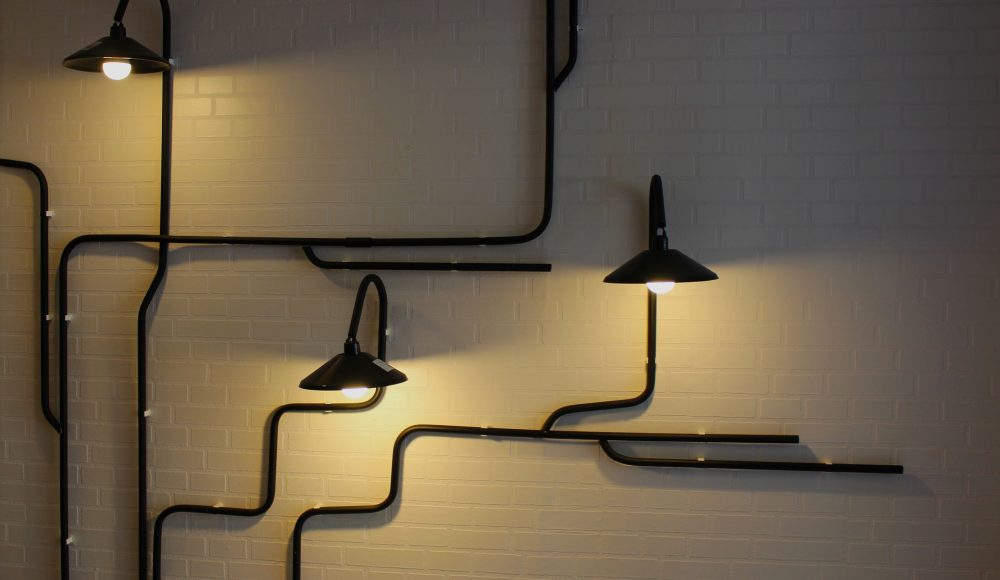Investing in Building Efficiency in China
11th April 2017

The building sector consumes around 20-25% of all the energy consumed in China. Population and economic growth in China will place ever increasing upward pressure on energy use. China issued its first building energy codes in 1986 for residential buildings. The new codes required a 30% decrease in space heating energy consumption when compared to buildings in 1980. These codes have been extended and become more stringent over time. There are three main codes for residential buildings as well as one for commercial buildings; commercial and urban residential codes are mandatory, but rural residential codes are voluntary.
These codes have established minimum standards for the energy efficiency of heating, ventilation and air conditioning (HVAC), and also the power systems used within buildings.
The HVAC market is now the largest in the world, and is growing rapidly. Johnson Controls has had billions of dollars in HVAC sales in China and is set to expand and increase sales year on year.
The codes have had a massive impact on all new building and major renovations in Chinese cities with the increased demand for green building materials such as insulation, energy efficient windows and even bamboo.
China has undertaken a number of policies to decrease energy usage in the building sector including the introduction of green building ratings, minimum energy performance standards, an energy efficient labeling programme and energy efficiency retrofits of existing buildings
In 2006, China launched the three star rating building system to enable compliance with its green building labeling system. Buildings are now rated according to their efficiency in energy use in relation to land, water, material efficiency, indoor environmental quality and how the facility is managed – on an operational basis.
In 1989, minimum energy performance standards were adopted for household products like televisions, washing machines and air conditioning units, and in 1998, China established a voluntary labeling programme, similar to the US Energy Star programme. Appliances are categorised according to their energy efficiency performance.
The Chinese government provides financial incentives and technical support for building refits with a focus on public buildings across the country and residential buildings in northern China. Under the Green Building Action Plan of 2013 it aims to reduce carbon intensity by 40-45% relative to 2005 levels. The goal is to retrofit 400,000 rural homes and all eligible commercial buildings in the northern heating zone by 2020.
China’s 13th Five Year Energy Plan which runs from 2016 to 2020 has stressed the stringent implementation of building codes and called for a loosening of the market to eliminate restrictions on foreign services being employed in building design. China is expected to continue the trend towards urbanisation, so the need for increased investment in building efficiency looks set to continue.
Cornfield & Partners provides information about the most attractive and lucrative markets and can guide you toward new sales channels in China. For more information call us on +44 (0) 20 7692 0873 or email info@cornfieldpartners.com.
